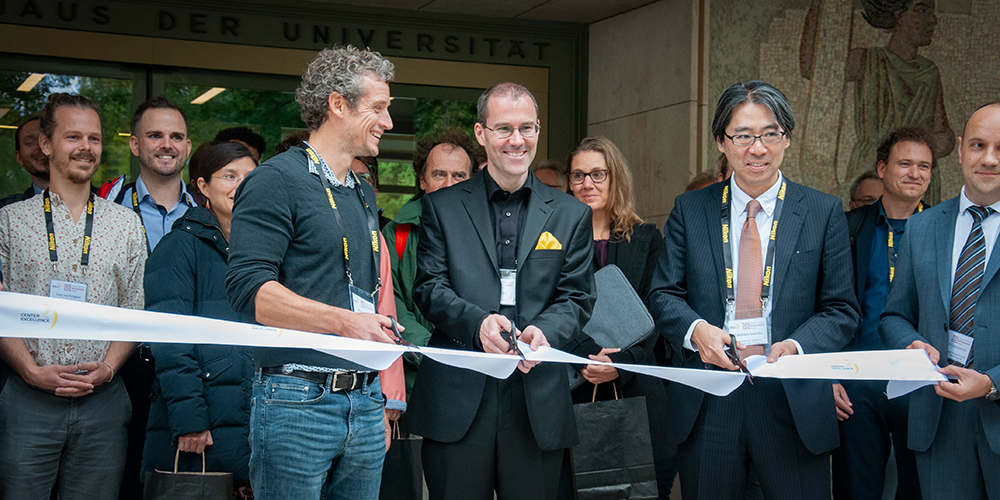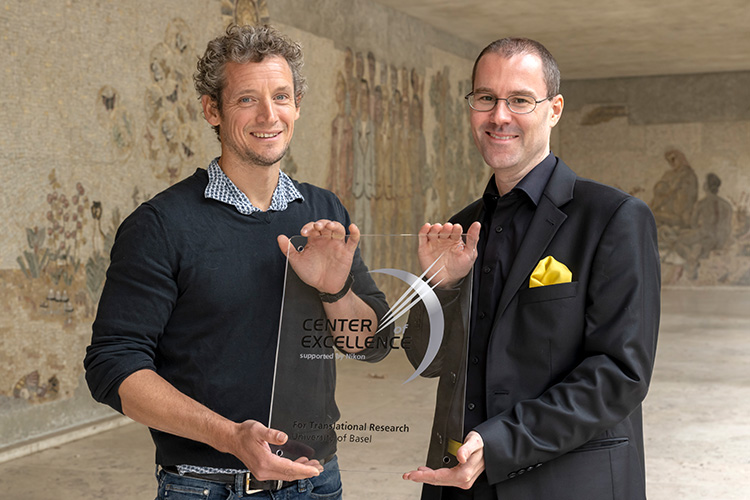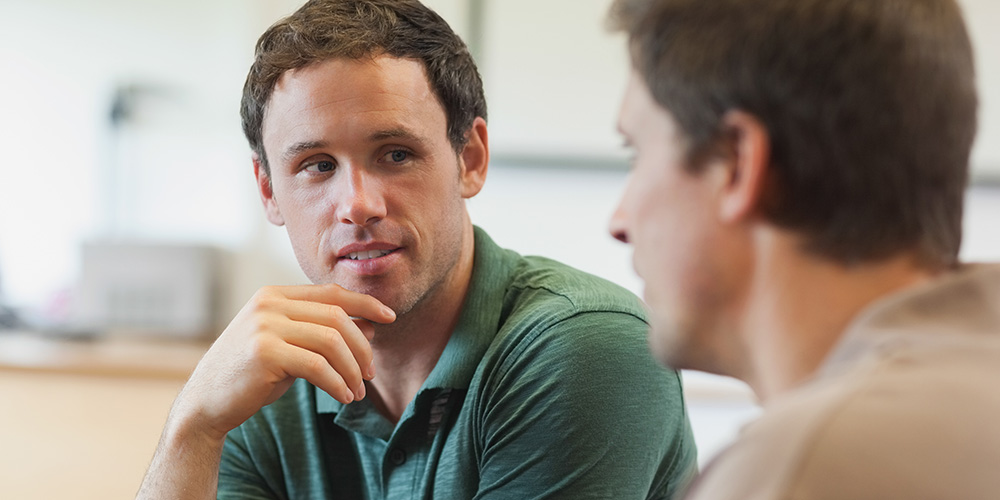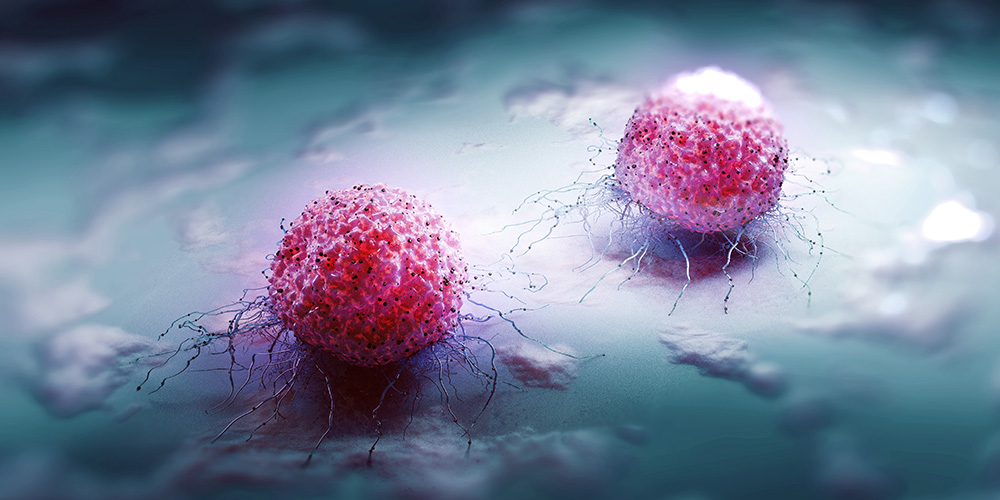Latest high-tech microscopes for the Department of Biomedicine
Nikon has selected the Department of Biomedicine’s microscopy facility as its first “Center of Excellence” in Switzerland. There are only a few of these centers in the world, including one at Harvard. Co-director of the facility Pascal Lorentz explains what this means for Basel as a center of research.
06 October 2022 | Angelika Jacobs
Mr. Lorentz, you lead the microscopy facility together with Mr. Abanto. It has just been named as a “Nikon Center of Excellence.” What does that mean exactly?
Pascal Lorentz: Among other things, Nikon develops high-tech microscopes, and seeks out partnerships with institutions to collaborate on specific key topics. Our facility has already been working closely with Nikon for a number of years; now we have been officially selected as a Center of Excellence. That makes us the first Nikon Center of Excellence in Switzerland. Before that, there were only 13 of them in Europe, out of 30 worldwide. This includes high-ranking institutions such as Harvard, King’s College London and the Karolinska Institute in Stockholm.
What advantages does this new status bring to the research site?
We are the first to get access to the latest developments made by the company in the field of microscopy, which gives us a head start on other research institutions. This allows us to experiment at the absolute forefront of research.
Could you explain the concept of your microscopy facility?
Our Core Facility is a central unit that puts highly complex automated laser microscopy, among other things, at researchers’ disposal. And we always keep it bang up to date. As a team, we also support other research groups with our specialist knowledge: we advise them on the planning and preparation of experiments, run training sessions on the use of the machines, and help with data analysis. This means there are always people to go to for help, for example for doctoral students who are just starting out and want to set a microscopy-based project in motion.
How many researchers make use of the facility?
We offer 32 microscopes for a range of specialist applications. At the moment, we are supporting around 270 active users out of around 880 researchers in the Department of Biomedicine.
You have been a part of the Core Facility from its beginnings in 2007. What fascinates you about microscopy?
I love the opportunity to make things visible that are invisible to the naked eye. There have been cases again and again of discoveries and developments that have pushed the limits of what we can analyze with microscopes. I’m thinking of the discovery of fluorescent proteins, for instance. By making selected proteins glow, we can see where they are and how they behave under certain conditions in living cells.
Or the development of super-resolution microscopy. Up until about 20 years ago, the resolution was limited to 200 nanometers. That meant we could distinguish between structures of 200 nanometers and above. Now we’ve got to a resolution of 1 nanometer. That’s about one ten-thousandth of the diameter of a human hair. I keep thinking we’ve reached the limit, and then there’s another improvement. I’m excited to see what the future brings.
The center’s full title is actually “Center of Excellence for Translational Research.” What is translational research?
It’s to do with translating basic research into clinical applications. The Department of Biomedicine is pursuing this central objective by bringing together basic researchers and clinical researchers. Many of the researchers in our department also work as doctors. This means they have direct access to the patients and can therefore conduct research on new and better treatments.
What role does the microscopy facility's new status as a center of excellence play for reaching this goal?
Our direct access to the latest high-tech microscopes and the latest software means that we can conduct highly specialized experiments, enabling us to support the development of new treatments. For instance, our researchers can test the reaction of cells from patients’ tissue samples to particular active substances. This allows them, first, to understand a disease better, and second, to identify the best candidates among the active substances for which to pursue further development towards a treatment.




